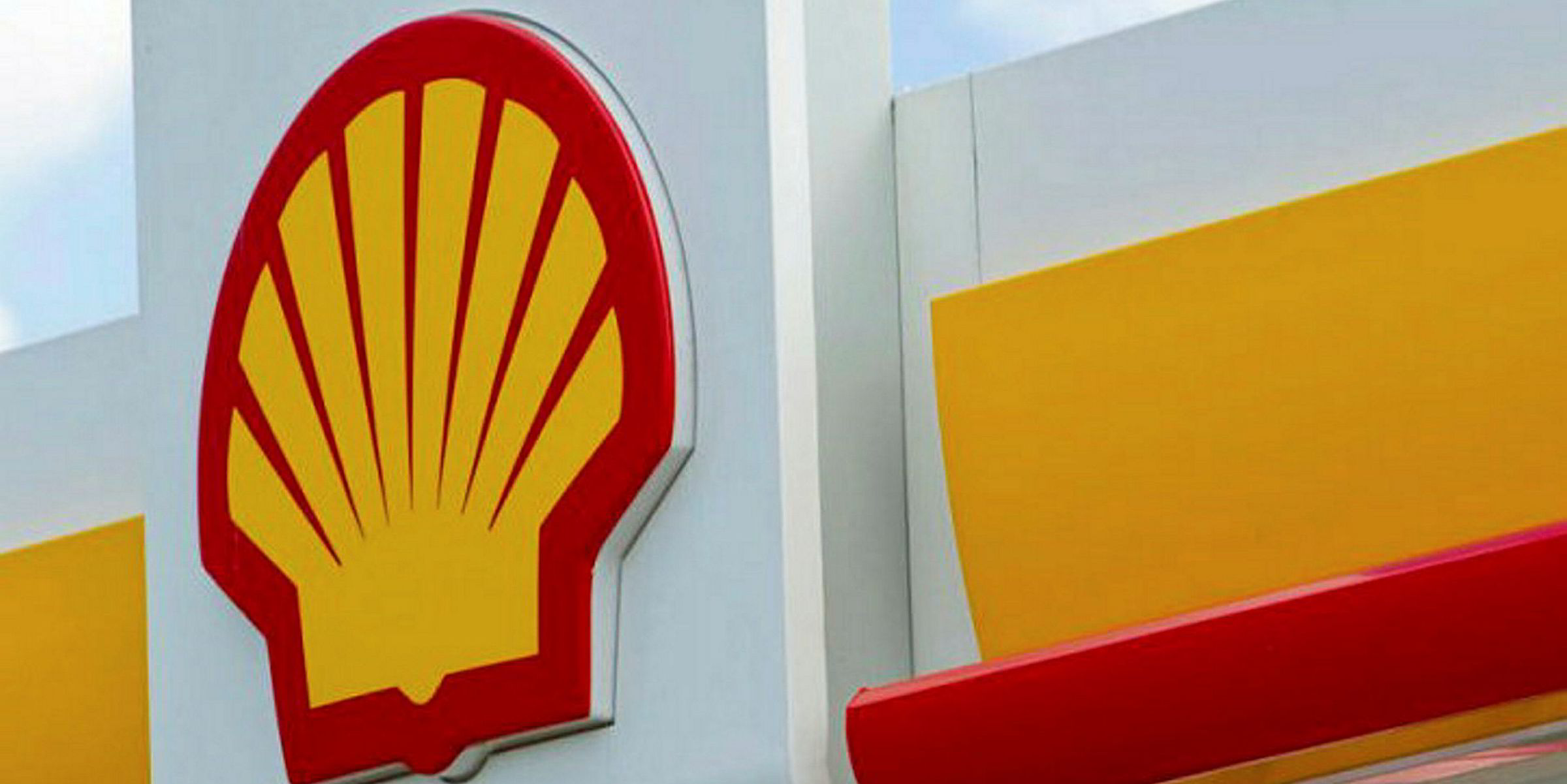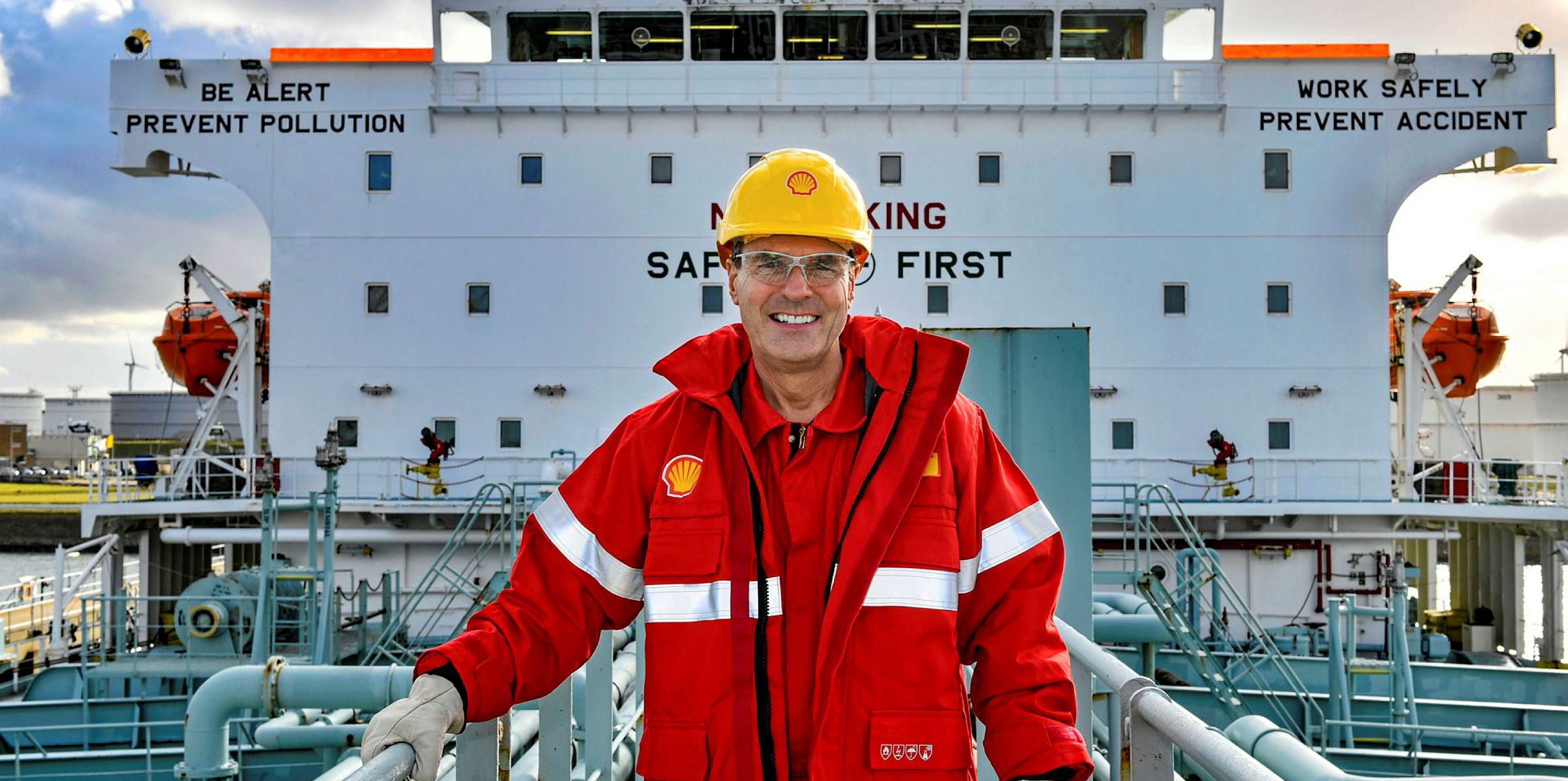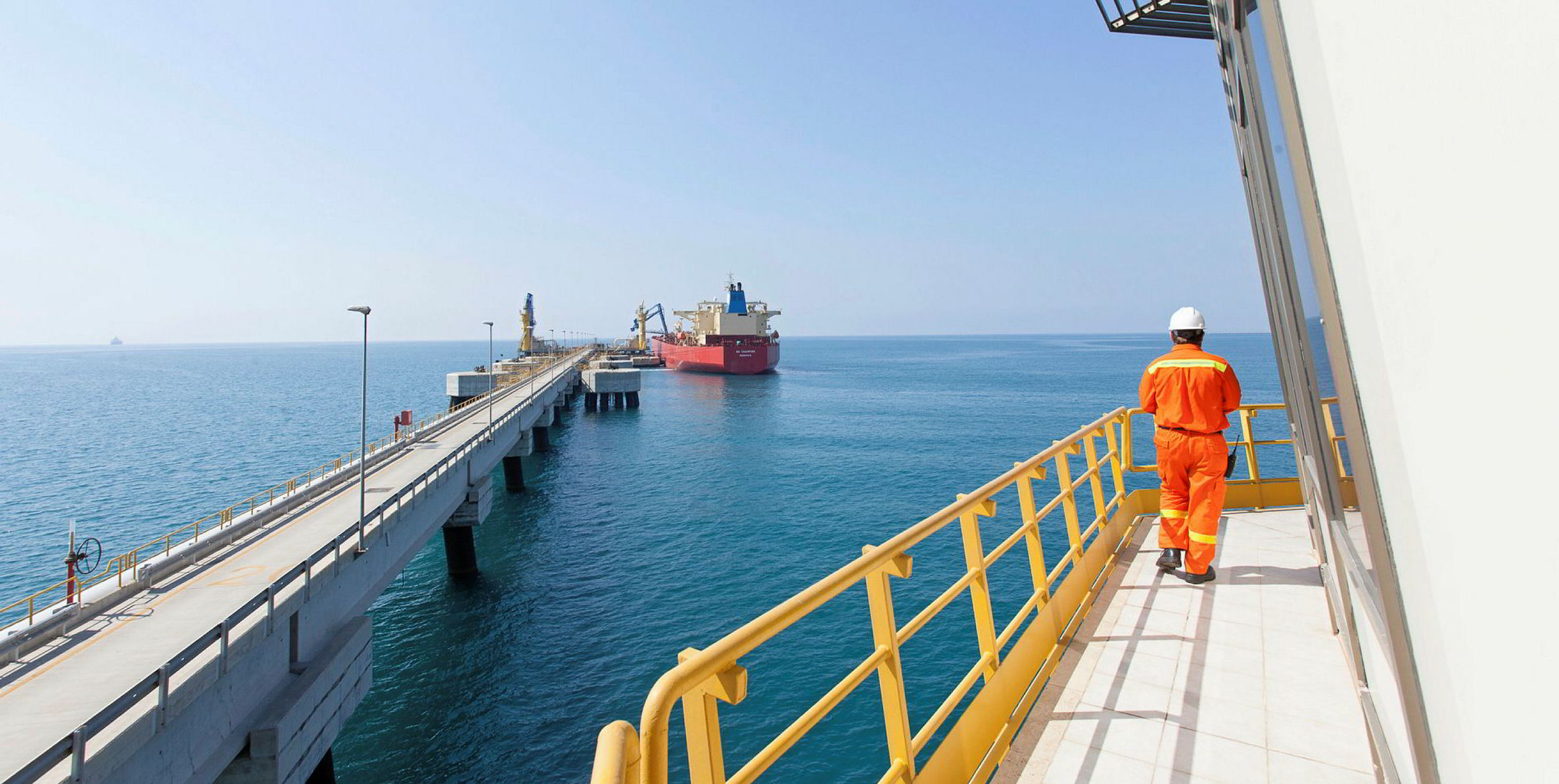Energy giant Shell is zoning in on hydrogen, fuel cells and the more immediate use of biofuels and LNG as it maps out its pathway to achieve net-zero emissions for shipping by 2050.
In a report Decarbonising Shipping: Setting Shell’s Course published on Tuesday, the company said: “We believe liquid hydrogen to be advantaged over other potential zero-emissions fuels for shipping, therefore giving a higher likelihood of success.”
The company acknowledged that “clean hydrogen”, produced either from renewable electricity or using carbon capture and storage, can be expensive to produce today.
The shipping sector should at any rate “stand ready” to capitalise on the planned production of hydrogen by other industrial sectors, like power and land transport.
“The properties of hydrogen are well understood and although there is much work to do, Shell considers that safe designs can be developed for marine use,” the company added.
Shell also highlighted that hydrogen could be switched into fuel cells, which have first been developed using LNG.
The company said fuel cells could prove a key technology to unlock the use of future fuels and replace the internal combustion engine technology.
Shell said fuel cells could prove a key technology to unlock the use of future fuels and replace the internal combustion engine technology.
They can also work with a range of fuel types.
The company said fuel cells can improve energy conversion efficiency to over 60% and boost this to around 80% if waste heat is harnessed.
"This efficiency means a reduced need for significant auxiliary power plant, which in our view could lead to improved ship design with additional space for cargo,” Shell said.
Immediate reductions
The company said it is undeterred by the current high cost of fuel cells, adding that they will have competitive operating costs.
“In this way, shipping could lay the foundations for future fuels while securing immediate emissions reductions."
In its report, Shell also bigged-up biofuels and the ability to blend these with existing fuels for ships today.
At the same time, the company cautioned that they will need to be produced using sustainable feedstocks and processes. Shipping may not be able to compete with other sectors on the cost for the large volumes it would need. “Biofuels are considered unlikely to be the dominant future fuel for shipping,” said the energy major.
Ammonia could also offer a pathway to zero-emissions shipping, Shell said. Its role will likely depend on uptake from other industries and whether it can be competitive.
“Ammonia’s higher energy density means it could free up more cargo space than hydrogen, if that becomes a significant factor. However, toxicity, emissions, and high ignition energy also present challenges.”
Potential problems
Shell is trashing methanol, electric batteries and nuclear as likely options.
It cited potential problems, such as the need for large-scale battery units on long sea voyages, methanol’s less-efficient pathway to zero emissions over other fuel options that may be available, as well as social anxiety about nuclear power.
These three options found little support in Decarbonising Shipping: All hands On Deck report, which Shell put out in July 2020 with Deloitte and of which this week’s publication is a follow-up.
“Shell believes it can best play a role by focusing its development on the technologies, infrastructure and production of the fuels it has most confidence in today,” the report said.
Call to the IMO
Shell also used its report to make a call on the International Maritime Organization.
"We would like the IMO to use its 2023 strategy review to set the trajectory for the sector to move to net-zero emissions by 2050."
The shipping industry needs to develop the new technologies, fuels and infrastructure required for a net-zero emissions sector at a pace never previously seen
Grahaeme Henderson
The major said a zero-emissions fuel is not likely to be commercially available until the 2030s.
“It is essential that the industry takes action to reduce emissions now with solutions available today,” Shell said, flagging up the efficiency gains from technology solutions.
LNG can help lower greenhouse gas (GHG) emissions today and be used in fuel cells as well, the company said.
Shell's modeling shows that a ship using a high-efficiency LNG fuel cell and adopting other energy-efficient technologies could potentially reduce GHG emissions by up to 80% from the 2008 baseline.
“In this way, LNG can play a critical role in helping the industry to lower its emissions today and develop technology for the zero-emissions fuels of the future, while continuing to address methane slippage.”
The report also detailed some of the key actions Shell is taking on decarbonisation. [see inset box below]
“The shipping industry needs to develop the new technologies, fuels and infrastructure required for a net-zero emissions sector at a pace never previously seen,” said Grahaeme Henderson, Shell’s global head of shipping and maritime.
Henderson said Shell had listened to its customers and partners and set itself an “ambitious course”, which he encouraged others to join.
- develop standards for use of hydrogen in a marine environment
- establish a consortium to develop and trial fuel cells on a commercial deepsea vessel
- develop performance standards for newbuildings aimed at delivering up to 25% emissions savings
- emissions data collection across Shell’s charters with the intent to publish annual carbon intensity data
- double Shell’s existing LNG bunkering infrastructure on key trade routes by the mid-2020s








